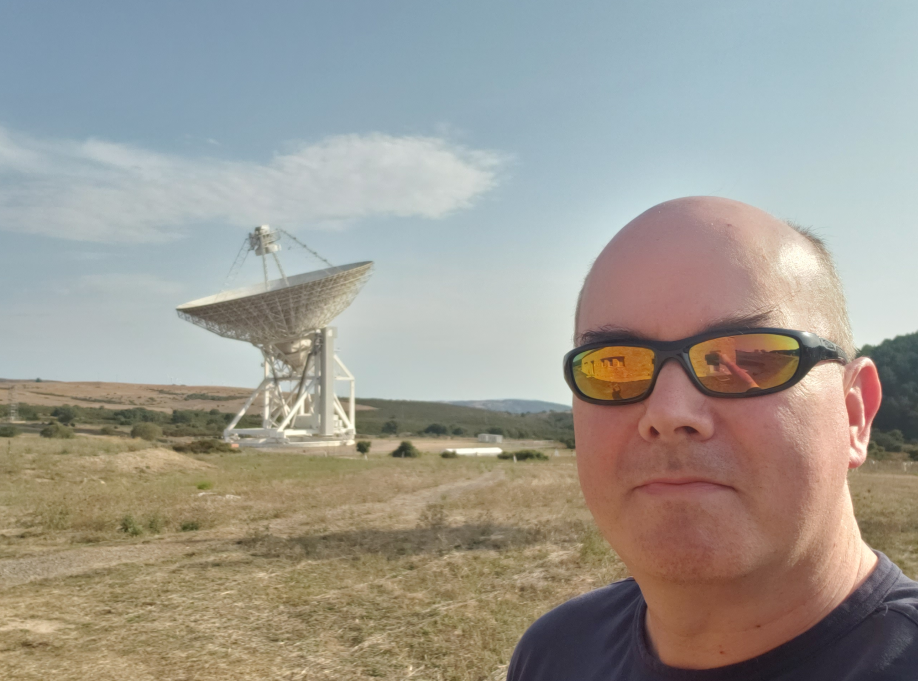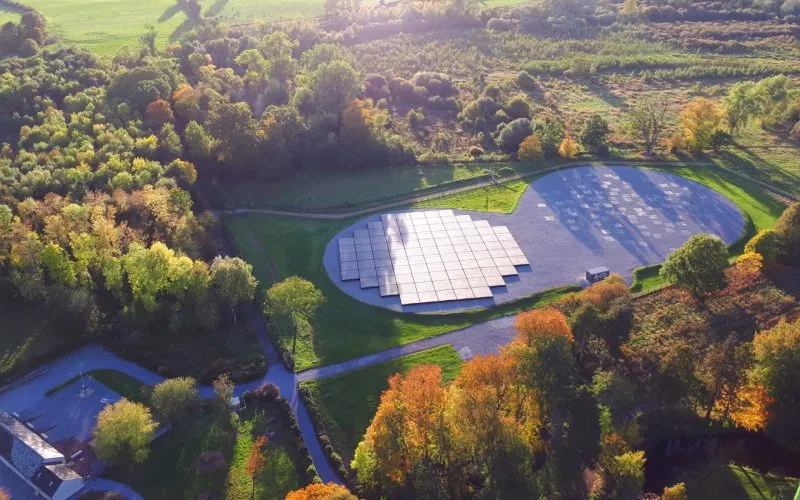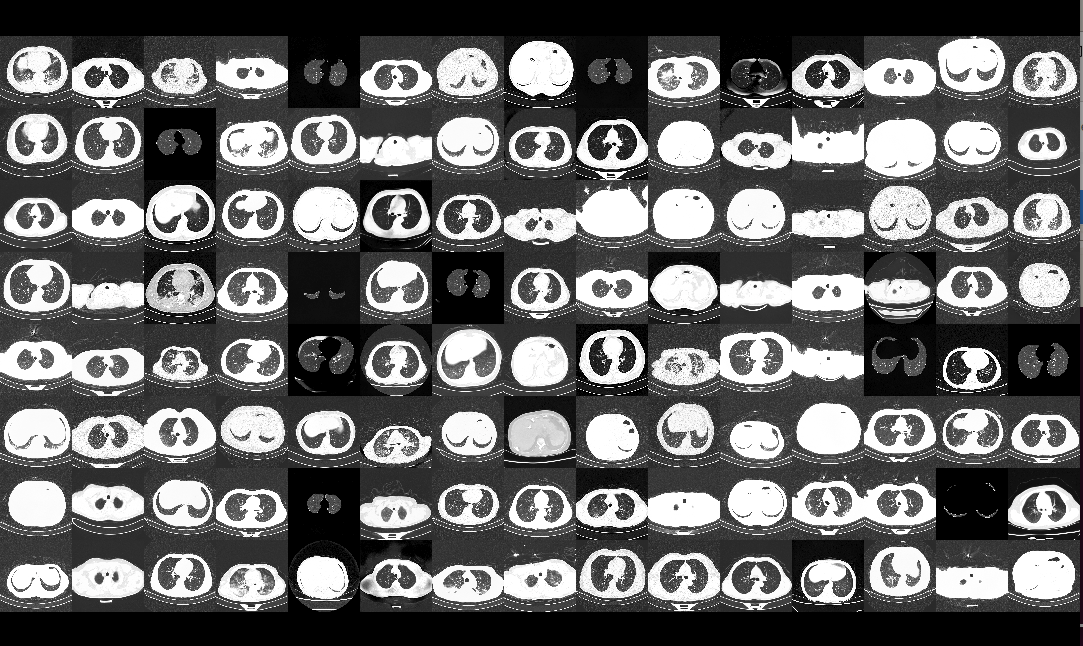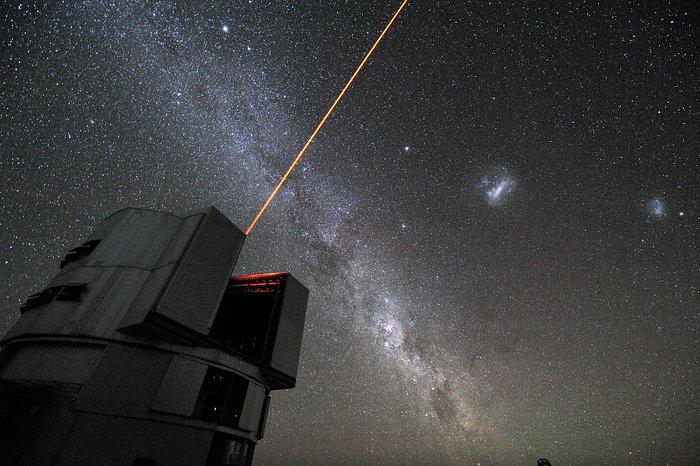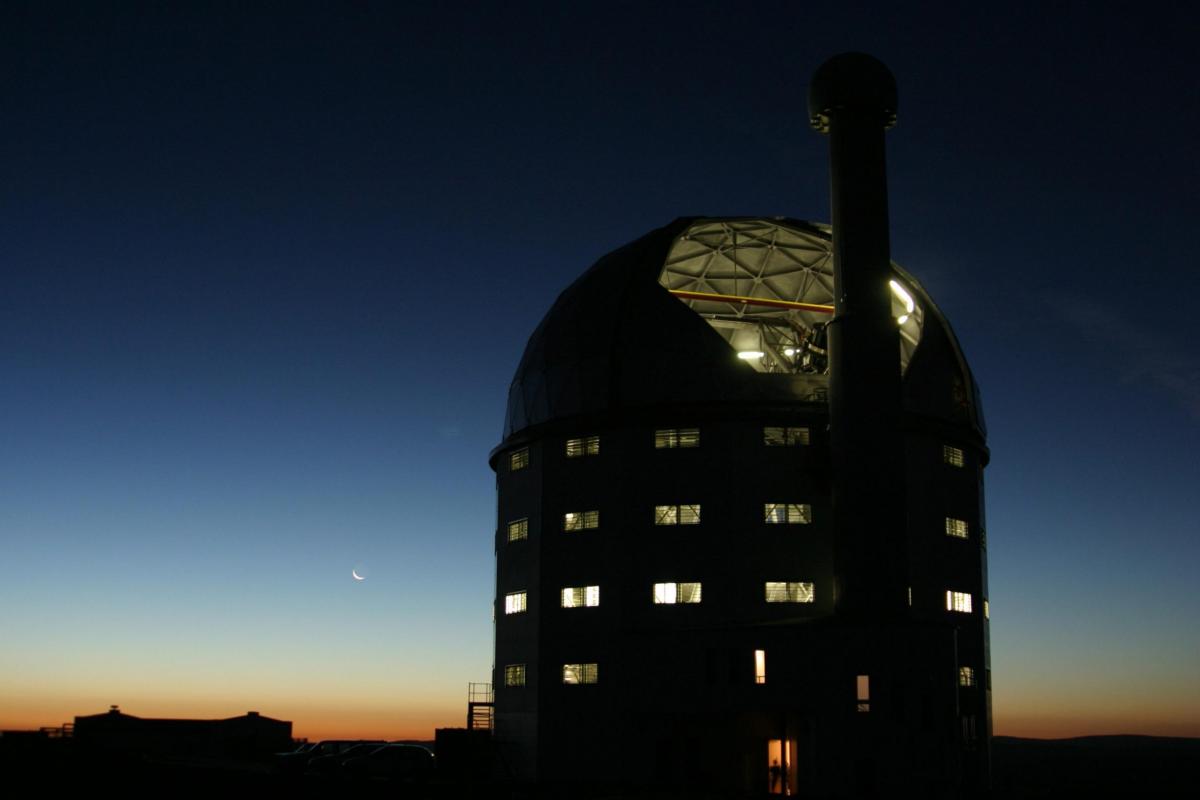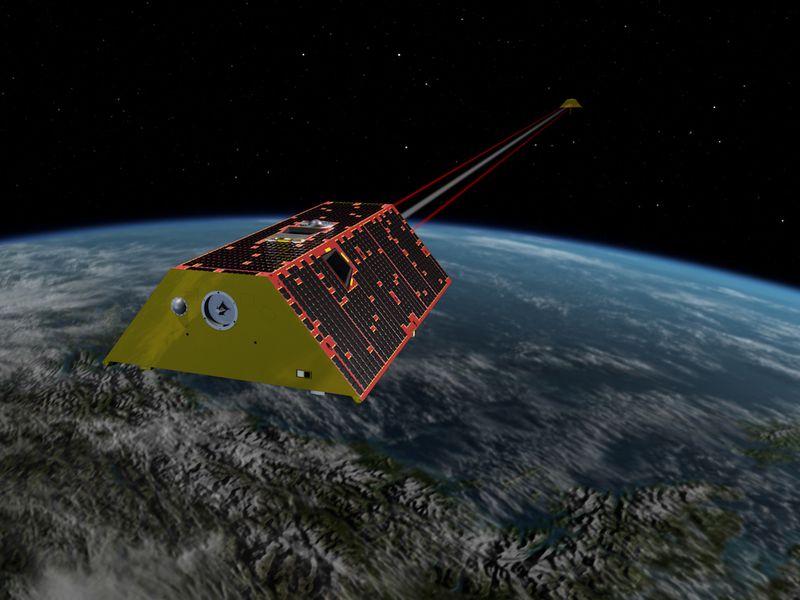Interdisciplinary Physics @ University of Galway
The Interdisciplinary Physics Group is based in the University of Galway’s School of Natural Sciences, College of Science and Engineering.
We work primarily on large scale & complex astronomical data, and looks for opportunities to apply the the lessons learned to help solve real world problems in areas as diverse as medical imaging and climate science (see Research) using an interdisciplinary physics approach.
Involvement in cutting edge astronomical research using both optical and radio telescopes here in Ireland (the I-LOFAR telecope in Birr), in Chile (European Southern Observatory), in South Africa (SALT), and in the United States (James Clerk Maxwell Telescope and the Vatican Advanced Technology Telescope) provide the ideal drivers for such technological innovation in imaging, data anaysis and the application of AI solutions.
An excellent example of this is the TAPAS project - winner of the Science Foundation Ireland’s Future Innovator Artificial Intelligence (AI) for Societal Good Challenge - which combines expertise in time-series analysis, image processing and AI to measure the effectiveness of measures to adapt agriculture to climate change in the Global South using earth observation data.
The Lab is located in the Arts and Sciences Building on the main University of Galway campus, in close proximity to the Centre of Astronomy, the School of Computer Science, the Ryan Institute’s Geospatial Core Facility, and the Medical Physics & Applied Optics groups in the School of Natural Sciences.
If you’re interested in working with us, please get in touch… (more info) !
We acknowledge funding from the Health Research Board, the Environmental Protection Agency, the Geological Survey Ireland, the Irish Research Council, and from Science Foundation Ireland - the latter two combined now to form Taighde Éireann Research Ireland and Breakthrough Listen.


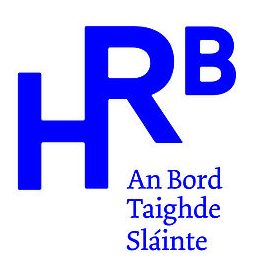


News
10. September 2025Dr. Ronan Higgins from the University of Cologne gave a terrific Physics Pizza Lunchtime talk titled 'The CCAT Observatory: Submillimetre Astronomy at 5600m in Northern Chile' 
Aidan Hutton presented the results from his MSc Space Science & Technology placement working with Aaron and Lokesh Joshi, Stokes Professor of Glycosciences in UCD 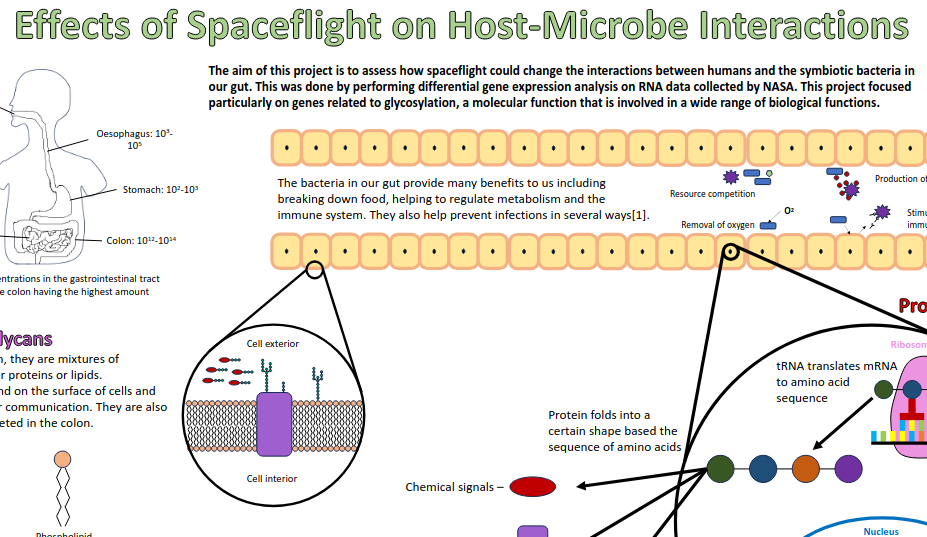
Aaron completed a two-day observing run using the Sardinia Radio Telescope targeting a nearby ultracool dwarf 